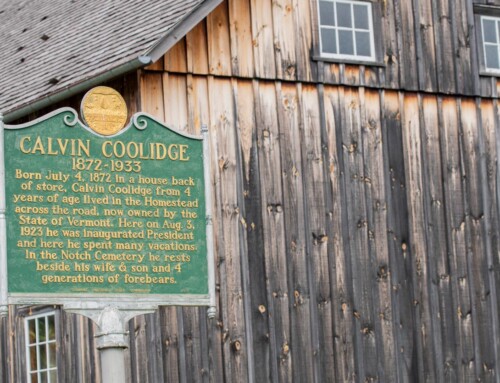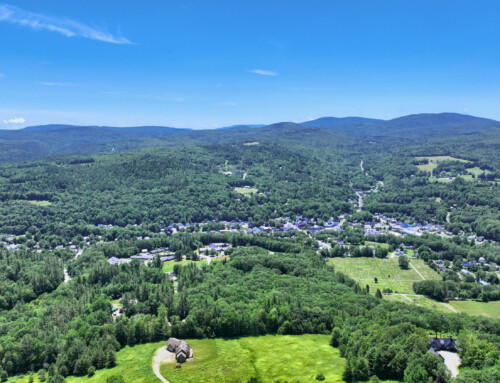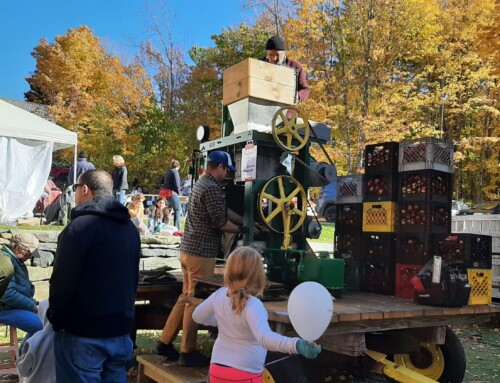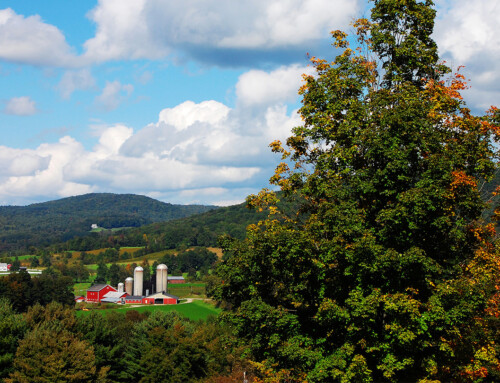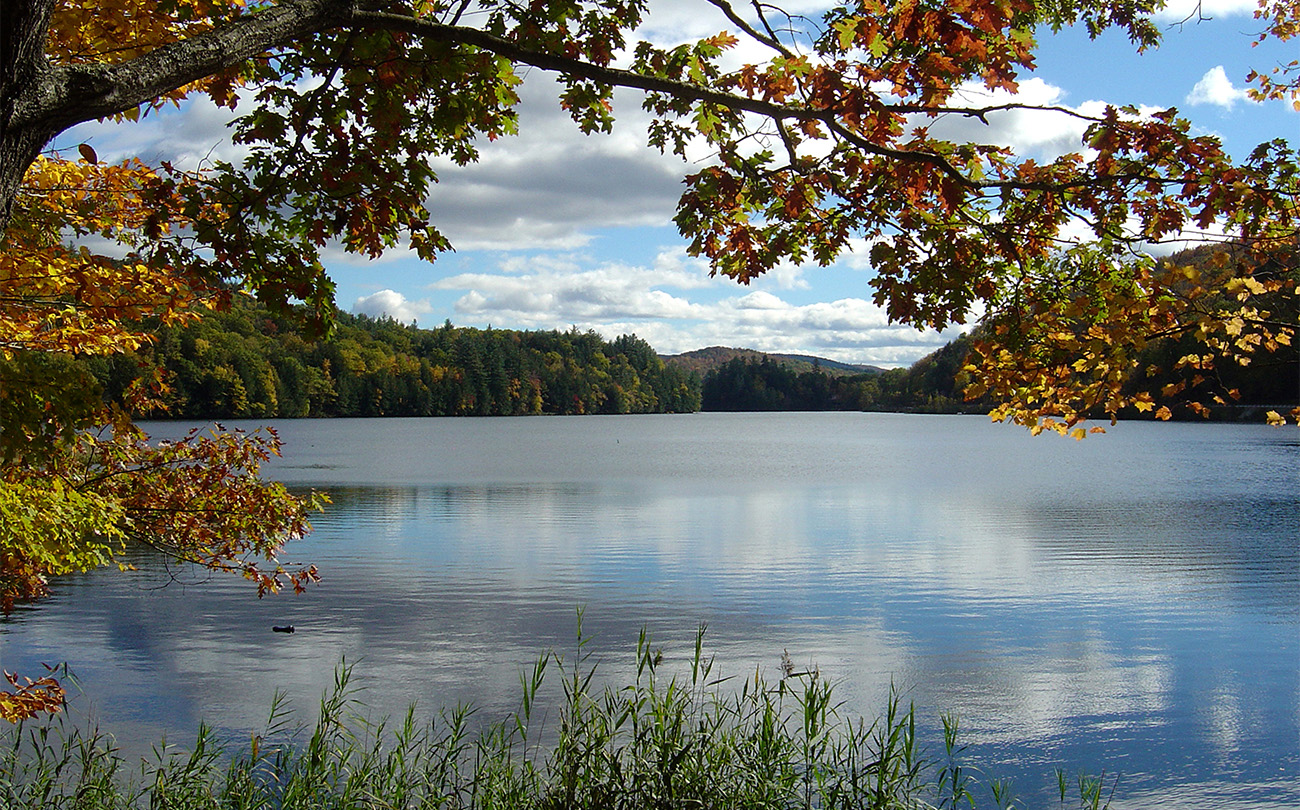
Historic Images Commemorate New England’s Maple Sugaring Tradition | Historic New England
Mar 13, 2018 written by Historic New England
As winter gives way to spring, it is maple sugaring season in New England. In honor of the season, Historic New England is sharing images from our Library and Archives collections that document the importance and prevalence of maple sugaring in the region.
Colonists learned the practice of sugaring from Native Americans centuries ago. Historically, maple trees are “tapped” by drilling a small, shallow hole into the tree and inserting a “spile” into the hole. The sap drips from the spile and collects in a bucket held below. Sap flows best when the days grow longer and warmer, but the nights are still cold. Depending on weather conditions, the season generally begins in mid-March. It is estimated that it takes more than forty gallons of sap to make one pound of maple syrup. After the sap is gathered and filtered for debris, it is boiled until the water evaporates and the syrup remains.
Historic New England’s Library and Archives contains vast collections of photographs, ephemera, prints, manuscripts, and architectural drawings providing important documentation of New England’s cultural and architectural history. Search our collections online or make a reference appointment by contacting us at Archives@HistoricNewEngland.org.
Click link to read more and see more images from Historic New England: https://www.historicnewengland.org/archival-images-maple-sugaring-tradition/



